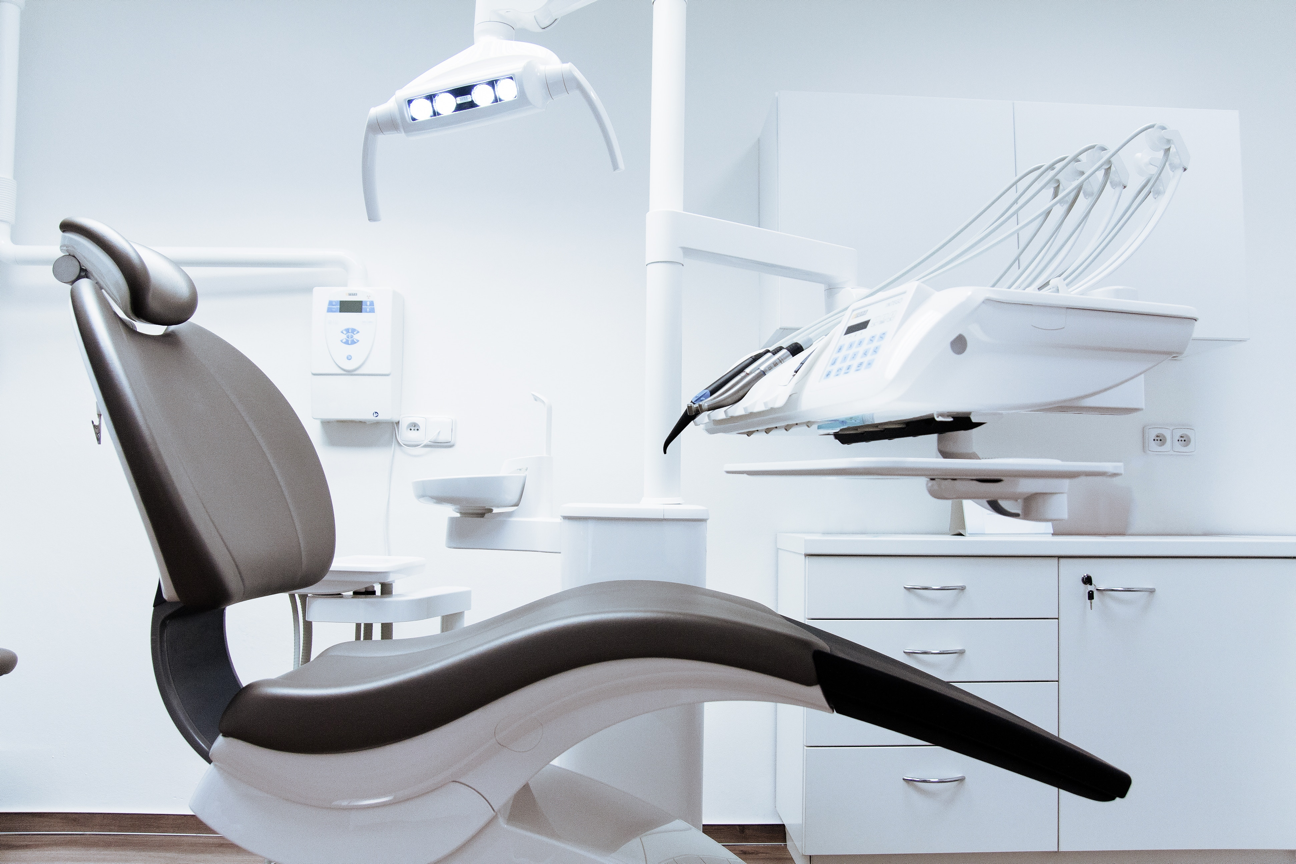
How many patients schedule their dental work to fit their schedule – or so they say? Maybe they are scheduling their procedure based on their ability to pay. Do your patients call you to cancel an appointment, saying they’ll reschedule later? Do they sometimes tell you honestly that they can’t afford it?
And beyond the population that you know of, are there others waiting on the sidelines?
As LendPro’s lead communicator with the Medical and Dental markets, I have conversations with practice administrators on this topic all the time. This is my first entry in a 2-part blog about changes that are happening now in patient finance. These changes are caused by the confluence of three market forces:
1. The realization that there is a large population that does not have, or want, insurance coverage and may be looking for alternative ways to cover the costs of unusual, occasional, or even elective care.
2. Broad innovations in patient and consumer finance – described in other blog entries on this site
3. Changes in how medical and dental practices are structured, including notably the evolution away from individual dental practices to Dental Service Organizations (DSOs), and the more rigorous approach to financial optimization that this evolution brings.
First, let’s look at the patient population. We’ll focus on the dental population, but the trends (although not absolute numbers) are similar for medical in general.
At the beginning of 2017, there was an estimated 261 million Americans with dental insurance. That leaves roughly 125 million Americans without dental coverage, a troubling three times the amount of individuals that didn’t have a health care plan. Just over 195 million of the insured acquire coverage through an employer or group plan, and 17 million Americans bought individual dental plans. Another 49.6 million Americans are receiving dental benefits through public programs like Medicaid.
Even with dental coverage, not all procedures are 100% covered. Most require out of pocket payments.
Patients with dental coverage are more likely to go to the dentist and experience greater overall health. The question for practitioners is how to achieve similar outcomes for the uninsured and underinsured. The challenge is significant: If over half of American families were living paycheck to paycheck in 2016, how can they pay for a procedure that’s needed but not covered or covered partially? Only 25% of families have an average of $8000 saved for an emergency, 33% have around $1000 saved. Is this the group that waits to have their dental procedure scheduled until they can afford it?
According to the American Dental Association, 7.8% of dentists are part of a DSO, but that number is growing rapidly and is expected to double by 2020. This growth in DSOs is catalyzing a general professionalization in how dental practices are managed and, in particular, how they optimize their financial flows, receivables management, and maximize their patients ability to pay. Increasingly, they offer financing to help their patients get the treatment they need right away. These financing packages allow patients to make affordable payments, often with a twelve to twenty-four month deferral period, resulting in convenient payments and no interest if paid on schedule. To date, though, the focus has been on prime lenders who serve the very top credit tier only, using algorithms with many factors to look at a patient’s credit picture and draw the line often significantly higher than the average American’s credit score. Roughly half of Americans have below prime credit and would not qualify for prime lender financing programs offered in medical and dental offices today.
These are the patients you are turning away, not providing the care they need, even though there are alternative financing vehicles in existence today that could allow your medical or dental practice to safely and effectively offer the care in a manner that the patient can afford, and without driving them to seek alternative care structures or predatory lending.
Next time: The path forward